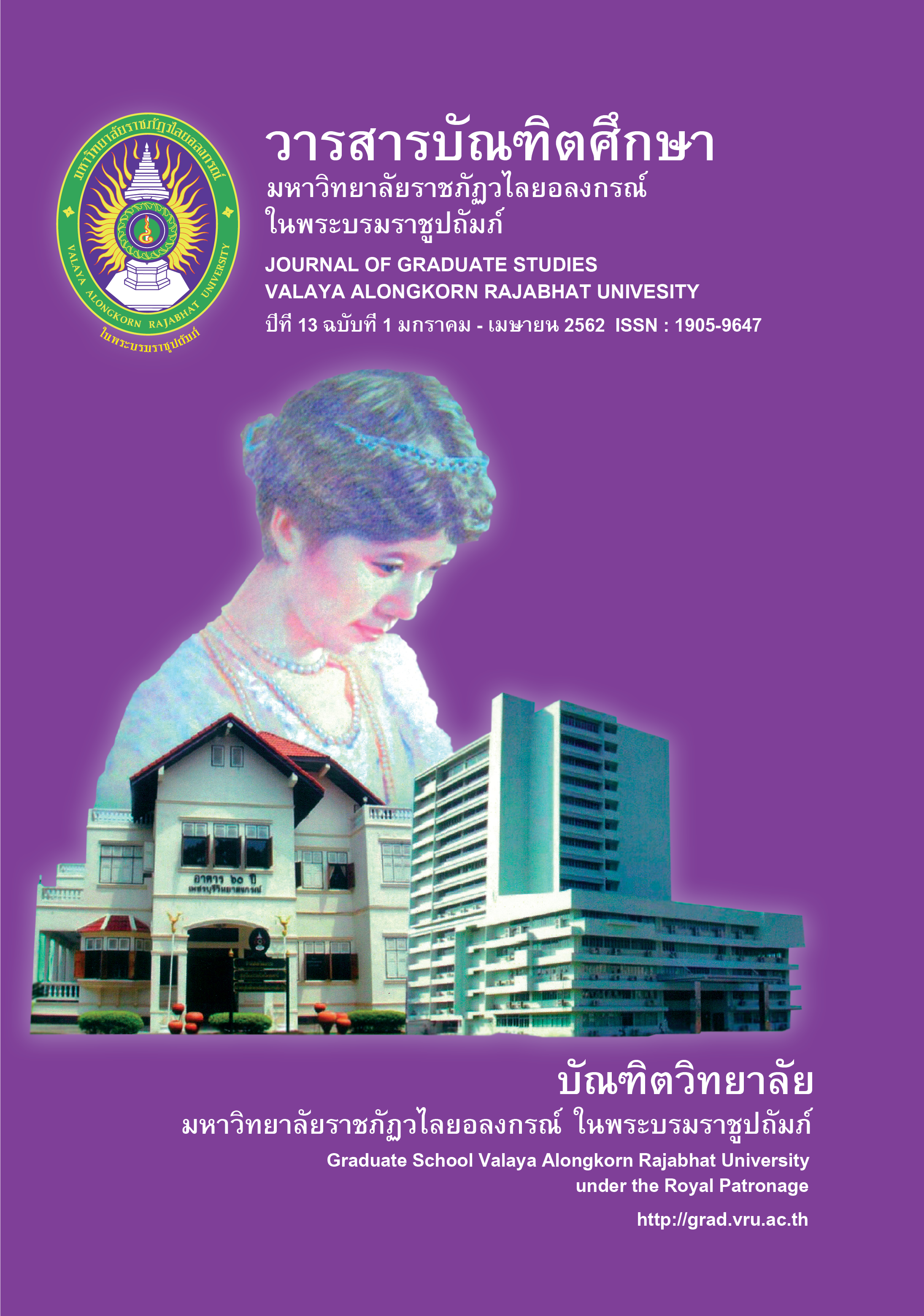INAO: LAKHON NAI OF THE ROYAL COURT IN THE RATTANAKOSIN PERIOD
Main Article Content
Abstract
This article aims to study the performing style of Inao, Lakhon Nai (play of the royal court) in the Rattanakosin period. The data is collected from documentation, interview, observation, and researcher's experience. The results revealed that only 3 plays were performed in the royal court during the Rattanakosin period: Inao, Unarut, and Ramakien. Inao was the most popular play due to its performing style which consisted all of the five aesthetic elements according to the principles of Lakhon Nai. The five aesthetic elements are as follows: The characters - most characters are created to emphasize the aesthetic appearance, especially in the early Rattanakosin period in which the performers were selected from the well-trained ladies of the court.; The dancing postures - the dancing postures are elaborately created and corresponding to the dialogues, with grace and elegance, perfectly portrayed the performers' skills.; The costume - the dance costume is originated from the cloth of the ancient royal monarchy.; The music - lyrics and music used in the play are called "Thang Nai" which is a soft melody performed by Phi Phat Mai Nuam ensembles suitable for the delicate dance postures.; The rhythmic dialogue - the dialogues emphasize the beauty of all things and also represent social condition, traditions, and culture of that time. In addition to the five aesthetic elements, it is also found that teachers or experts who are responsible for the selection and control of the creative process are another important element in each performance.
Article Details
บทความทุกเรื่องได้รับการตรวจความถูกต้องทางวิชาการโดยผู้ทรงคุณวุฒิ ทรรศนะและข้อคิดเห็นในบทความวารสารบัณฑิตศึกษา มหาวิทยาลัยราชภัฏวไลยอลงกรณ์ ในพระบรมราชูปถัมภ์ มิใช่เป็นทรรศนะและความคิดของผู้จัดทำจึงมิใช่ความรับผิดชอบของบัณฑิตวิทยาลัย มหาวิทยาลัยราชภัฏวไลยอลงกรณ์ ในพระบรมราชูปถัมภ์ กองบรรณาธิการไม่สงวนสิทธิ์การคัดลอก แต่ให้อ้างอิงแหล่งที่มา
References
Buranakhet, P. (1997). nāngnai : chīwit thāng sangkhom læ botbāt nai sangkhom Thai samai ratchakān thī hā [Royal wives : a study of their way of life and role in the thai social structure during the reign of King Rama V]. Master’s thesis. Thammasat University.
Chitsopa, C. (2012). wikhro̜ nǣokhit khō̜ng ratchakān thī sī thī sathō̜n phān ngān čhittrakam rư̄ang ʻinao nai phra wihānlūang wat sōmmana wihān [Analysis of King Rama IV’s concept through the mural paintings, the story of Inao in vihara, wat somanat wihan]. Damrong Journal. 11(2), 202-203.
Damrong Rajanubhab. (2003). lakhō̜n fō̜nram [Dance drama]. Bangkok: Matichon.
Fachamroon, S. (2017, September 8). Interview by K. Kongthaworn [Tape recording]. Bangkok.
Kijkhum, C. (2004). nāttaya lak tūaphra lakhō̜n bǣp lūang [The essence of male classical dance]. Doctoral dissertation. Chulalongkorn University.
Kongthaworn, K. (2017). phāpthāi čhāk ngān phra rāt phithī thawāi phra phlœ̄ng phra bō̜rom sop His Majesty The Late King [Photo of the royal cremation ceremony of his majesty the late king]. Bangkok.
Limschoon, P. (1994). lakkān khō̜khit læ nǣothāng patibat khō̜ng lakhō̜nram : lakhō̜nnai [Principles, concepts and practices of classical dance : lakhonnai]. n.p.: n.d.
Sumitra, A. (1973). lakhō̜nnai khō̜nglūang nai samai ratchakān thī sō̜ng [Lakhon nai of the royal court in the reign of King Rama II]. Master’s thesis. Chulalongkorn University.
Virulrak, S. (2004). wiwatthanākān nāttaya sin Thai nai krung Rattanakōsin Phō̜.Sō̜. 2325 - 2477 [Evolution of thai dance in rattanakosin era 1782-1934]. 2nd ed. Bangkok: Chulalongkorn University Press.


